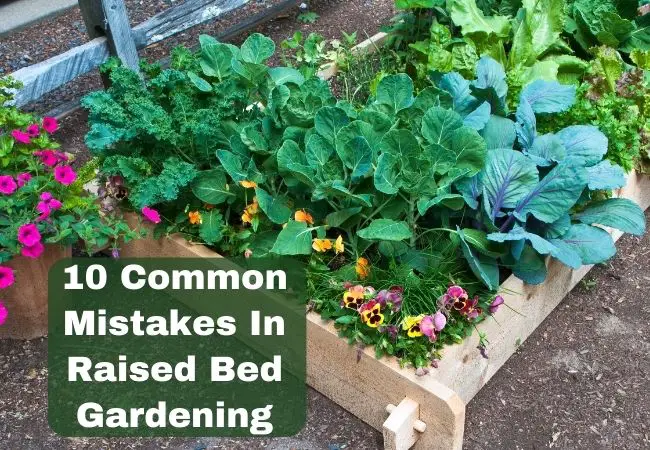Persian Buttercup Ranunculus Growing and Care

Persian Buttercup Ranunculus growing and care guide that will help you get bright and beautiful flowers. Ranunculus produces showy ruffle-petaled blooms that can be found in different shades including red, pink, yellow, cream, purple, and orange. These flowers are popular because of their long vase life.
Persian Buttercup Ranunculus Growing and Care
The Persian Buttercup flowers are very popular as cut flowers that are included in elegant floral designs. They are also included in wedding flower arrangements.
Ranunculus grow very fast and do well in zones 8 to 10. Some gardeners grow them as perennials and allow the foliage to die back and the bulbs to go dormant during winter.
Ensure the bulbs are not in a location that has too much warmth and moisture because they will rot. Many gardeners also grow Ranunculus as annuals. They replace the bulbs every year and avoid digging up and storing the bulbs indoor.
Ranunculus Varieties
The varieties of Persian Buttercup are differentiated depending on the color, size, and shape of the flowers. The most common varieties include Merlot, Café, Flamenco, Tecolote Red, and Bloomingdale.
Soil
Persian Buttercup grows in loam-sandy, well-drained soils. You can add peat moss to improve heavy soil. The flowers also do well in slightly acidic soils with a pH of about 6.5.
Planting
The best time to plant Ranunculus in warm climates is during fall. The flowers are planted from bulbs. Establish the bulbs 1-2 in. deep. Plant the Persian Buttercup bulbs with the tip facing upwards and cover with soil.
If you are growing the flowers in an area with colder temperatures, plant the in early spring. They will have better chances of survival because the threat of frost has passed.
You can give the bulbs an early start by establishing them in pots indoor. Plant the bulbs 8-12 weeks before the last day of frost.
Bulbs that are planted during fall or given a head start will bloom early spring and continue producing flowers for about seven weeks. Bulbs that are planted in spring will bloom mid-spring and continue flowering for about five weeks.
Ranunculus Container Gardening
Choose large containers for planting Ranunculus. Ensure the pots have large drainage holes to drain any excess water and avoid the plants sitting in soggy soil.
Fill the pot with your soil mixture and plant your bulbs about 3-4 inches apart. Water the arrangement and set in a location with full sun.
Water when the top 2 inches of soil are dry. After the foliage dies back, remove the spent blooms, and allow the plant to go into dormancy.
Growing Persian Buttercups in pots is a great option for gardeners who are outside the recommended hardiness zones. They can move the flowers in locations with full sun. They can also move the pots indoors for overwintering.
Fertilizing
Fertilizing Ranunculus is necessary especially during planting time. Mix your organic fertilizer or compost into the soil before establishing the bulbs.
After the bulbs sprout, support the growth by applying a water-soluble fertilizer every week.
Light
The Ranunculus do well when grown in direct sunlight. However, they will survive in partial shade but must get at least six hours of sunlight. Best flowering will happen under bright indirect sunlight.
Temperature
Ranunculus do well in temperatures lower than 900 F. They are not tolerant of hot summer temperatures and will go dormant.
Applying a layer of mulch around the base will help keep the roots cool. This will help the flower continue growing and not go dormant.
They are not too sensitive to humidity levels. However, very high humidity levels can cause the bulbs to rot.
Watering
Soak the Persian Buttercup bulbs overnight before establishing them. Some people soak them longer but it’s not necessary and can even cause mold to grow on them.
Water the bulbs immediately after planting them. Once they are established, only water them when the top layers of the soil are dry.
Deadheading
Deadheading Ranunculus is not a must but it’s a great way to keep them looking beautiful and clean. It helps reduce the weight of the stems, resulting in less tall stalks falling over.
All the old and spent flower stalks will wear off and die on their own, but you can cut them back if you want a neat look.
Deadheading also encourages the plant to continue blooming for longer.
Overwintering Ranunculus
Persian Buttercup bulbs can be overwintered in colder zones. In fall when the first frost arrives, cut the foliage back to ground level.
Dig up the rhizomes clumps and store them in containers filled with vermiculite, peat, or any other appropriate dry medium. Ensure that the temperature in the containers doesn’t fall below 400 F.
However, overwintered Persian Buttercup bulbs produce inconsistent results when planted the following year. Most gardeners in colder zones cannot grow them as perennials and cannot leave them in the ground. Buying new bulbs each growing season tends to provide better and consistent results.
Related Posts:
Final Thoughts
There are several varieties of Ranunculus to choose from. You can select them based on the color of the blooms. I like Persian Buttercups because they produce pretty and delicate flowers. Whichever variety you choose, you will get awesome flowers if you give them the proper care.
Please share this post on Persian Buttercup Ranunculus growing and care. If you would like to get more posts on flower growing and care, don’t forget to follow me on Pinterest.






